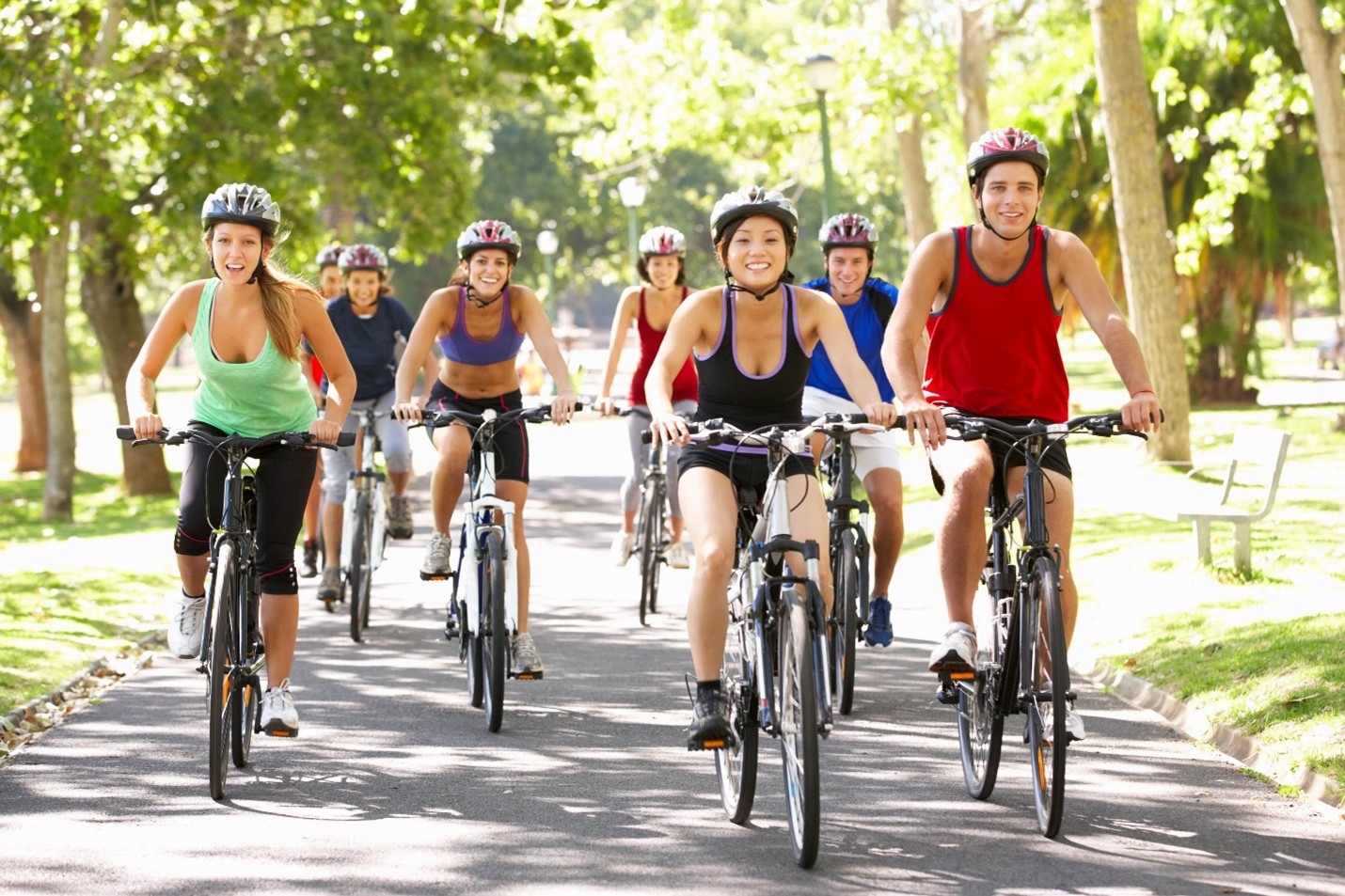Cycling is often seen as a universal activity that transcends age, ability, and socioeconomic status. It is a mode of transportation, a form of exercise, and, for many, a gateway to community connection. However, traditional cycling culture has sometimes been criticized for its exclusivity, catering primarily to experienced riders with expensive gear and specialized knowledge. Community rides, a growing trend in cities and towns worldwide, are helping to change this dynamic by fostering inclusivity and breaking down barriers to entry in the cycling world. Michael Koffler of Shrub Oak International School explains that these events provide opportunities for riders of all backgrounds to come together, share their passion for cycling, and create a more welcoming and equitable environment.
What Are Community Rides?
Community rides are organized cycling events designed to bring people together for a shared experience. Unlike competitive races or training sessions, these rides prioritize enjoyment, social interaction, and accessibility. They often cater to a wide range of participants, from children and beginners to seasoned cyclists, and take place in diverse settings, including urban streets, rural trails, and suburban parks.
Organizers of community rides focus on inclusivity by:
- Setting a relaxed pace to accommodate riders of varying skill levels.
- Choosing routes that are safe and easy to navigate.
- Encouraging participation from underrepresented groups, such as women, minorities, and individuals with disabilities.
- Providing resources like bike rentals, repair stations, and safety workshops to lower barriers to entry.
How Community Rides Foster Inclusivity
1. Breaking Down Financial Barriers
Cycling can be an expensive hobby, with high-end bikes, accessories, and clothing often creating a sense of exclusivity. Community rides often partner with local organizations or sponsors to offer free or low-cost participation. Many also provide rental bikes or repair services, ensuring that financial constraints do not deter potential riders.
2. Creating a Safe and Supportive Environment
One of the main challenges for new cyclists is navigating traffic and feeling safe on the road. Community rides often take place on designated bike paths, closed streets, or low-traffic routes, offering a controlled environment where participants can gain confidence. Ride leaders and volunteers are usually on hand to provide guidance, answer questions, and assist with mechanical issues, creating a supportive atmosphere.
3. Promoting Diversity and Representation
Cycling culture has historically been dominated by certain demographics, but community rides actively seek to change this by engaging diverse groups. Some rides are specifically tailored to women, people of color, or LGBTQ+ individuals, providing spaces where these riders can feel represented and empowered. Representation matters, and seeing others from similar backgrounds thriving in the cycling community can inspire more people to get involved.
4. Building Social Connections
Cycling is as much a social activity as it is a physical one. Community rides encourage participants to interact, share stories, and form friendships. This sense of belonging can be particularly meaningful for individuals who might feel isolated or excluded from traditional cycling groups. Regular riders often build networks that extend beyond the bike, creating lasting connections and support systems.
The Broader Impact of Community Rides
1. Encouraging Active Transportation
Community rides can serve as an introduction to cycling as a practical and sustainable mode of transportation. By demonstrating how enjoyable and accessible cycling can be, these events often inspire participants to incorporate biking into their daily lives, reducing their reliance on cars and contributing to healthier, greener communities.
2. Advocating for Better Infrastructure
The visibility of community rides can draw attention to the need for improved cycling infrastructure, such as bike lanes, parking facilities, and traffic-calming measures. When local governments see a diverse and engaged cycling community, they are more likely to invest in projects that benefit all riders.
3. Promoting Physical and Mental Health
Cycling is a low-impact exercise that offers numerous health benefits, from improved cardiovascular fitness to reduced stress levels. Community rides make these benefits accessible to a broader audience, encouraging physical activity in a fun and inclusive way. The social aspect of these rides also contributes to mental well-being, as participants feel connected and supported.
4. Strengthening Community Bonds
By bringing people together around a shared interest, community rides foster a sense of unity and collective purpose. These events often highlight local landmarks, businesses, and cultural institutions, deepening participants’ connection to their community and encouraging local engagement.
How to Get Involved
If you are interested in participating in or organizing community rides, here are some steps to get started:
For Participants:
- Look for Local Events: Check social media, community bulletin boards, and local bike shops for upcoming rides in your area.
- Invite Friends and Family: Encourage others to join you for a fun and inclusive experience.
- Come Prepared: Bring a helmet, water bottle, and comfortable clothing. If you don’t own a bike, ask if rentals are available.
For Organizers:
- Collaborate with Local Organizations: Partner with community groups, schools, or cycling clubs to reach a diverse audience.
- Choose Inclusive Routes: Opt for routes that are safe, scenic, and accessible to riders of all skill levels.
- Promote Your Event Widely: Use social media, flyers, and local media to spread the word and attract a diverse group of participants.
- Offer Support Services: Provide resources like bike checks, safety workshops, and volunteer marshals to ensure a smooth experience for everyone.
Community rides play a pivotal role in making cycling more inclusive and accessible. By breaking down barriers, fostering diversity, and promoting social connection, these events help to reshape cycling culture into one that welcomes all. Whether you’re a seasoned cyclist or a curious beginner, participating in a community ride can be a transformative experience that not only enhances your love for cycling but also strengthens your bond with your community. So, grab your helmet, join a ride, and be part of the movement towards a more inclusive cycling world.
